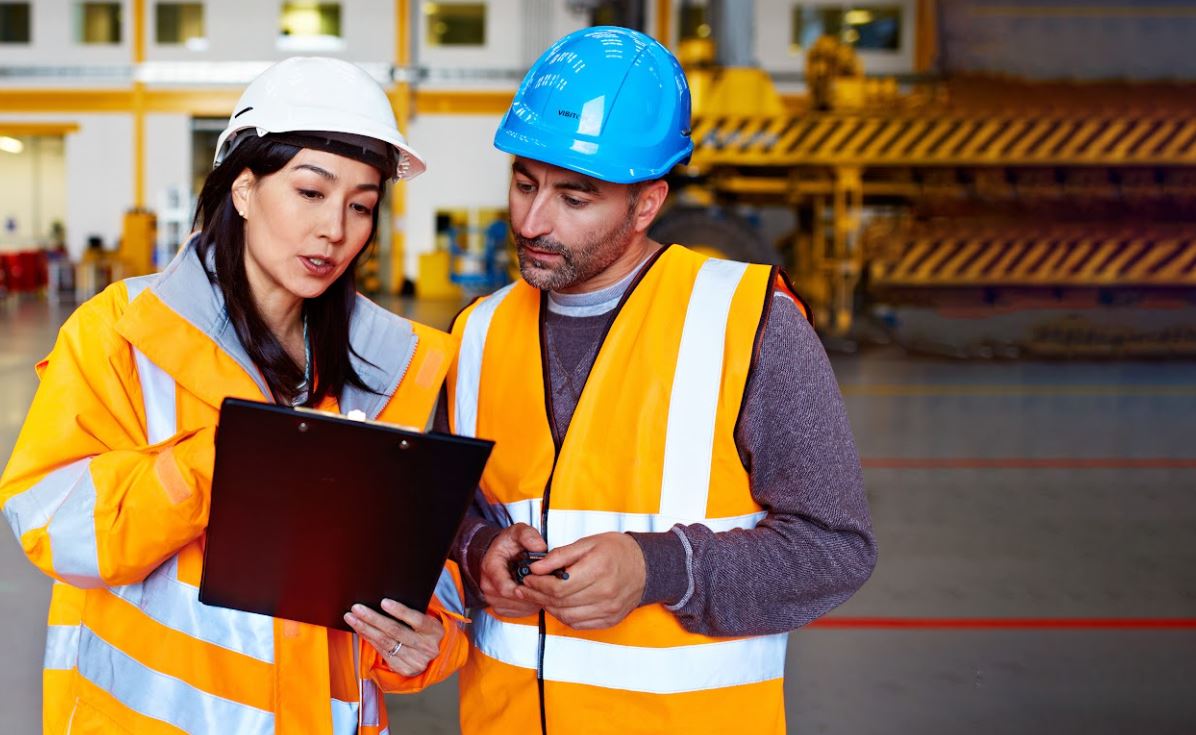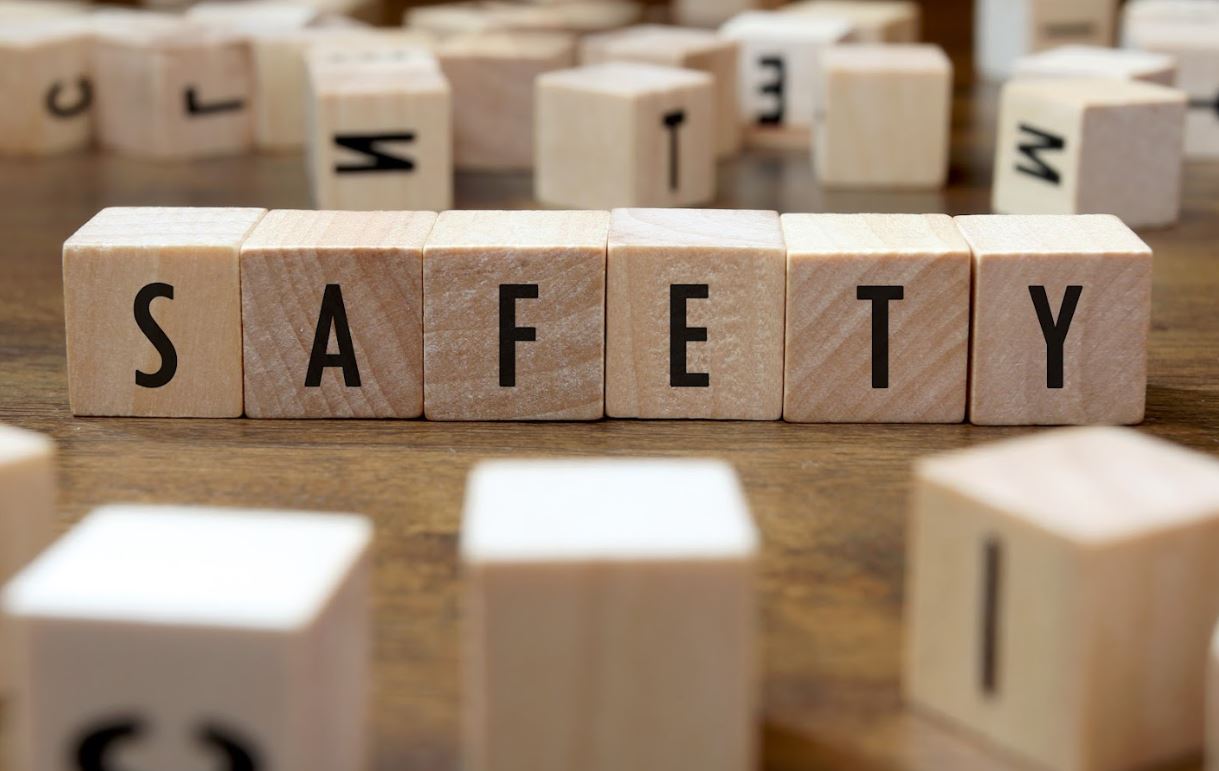Face-fit fundamentals: Reducing risks with the right RPE

John Southall
October 2, 2025
2
min read
For National Healthy Lung Month (October 2025), we’re spotlighting practical measures to help your employees breathe easier. Respiratory protective equipment (RPE) is critical to safeguarding lung health, preventing workers from inhaling harmful airborne substances like dust, fumes, and vapours.
When breathed in over time, these substances can cause life-threatening health conditions, such as occupational asthma, lung cancer, and chronic obstructive pulmonary disease (COPD). According to the Health and Safety Executive, historic workplace exposure accounts for 12,000 lung disease deaths each year.
In dust-heavy environments, RPE plays a vital role in controlling risks. Disposable FFP masks or half/full-face respirators bolster first-line engineering controls like local exhaust ventilation (LEV), providing a safety net against dust particles not captured at source. They’re particularly effective during high-risk activities, including sanding and sawing wood, changing dust bags, and handling building materials containing respirable crystalline silica (RCS), a known carcinogen.
Face-fit testing ensures that your team’s RPE fits tightly and securely, offering the highest level of personal protection. It’s an essential element of worker safety, requiring vigilance, regular checks, and an ongoing commitment to compliance.
This blog shares the basics of face-fit testing, helping you mitigate risks, protect your people, and remain on the right side of health and safety regulations.
Face-fit testing: Your legal requirements
Under the Control of Substances Hazardous to Health (COSHH) Regulations 2002, you must conduct a risk assessment to gauge if your employees need to wear RPE. The assessment will consider your staff’s tasks and working patterns, alongside your general environment, onsite materials, exposure duration and limits, and existing controls.
If RPE is recommended, masks must be face-fit tested by a competent person. The HSE recommends using testers who are qualified under the Fit2Fit RPE Fit Test Providers Accreditation Scheme. This initiative – backed by the British Safety Industry Federation (BSIF) and supported by the HSE – certifies the tester has been independently assessed.
You may also use a trained internal health and safety officer or manager, provided they’ve received suitable face-fit test training and can demonstrate competence.
How face-fit testing works
RPE forms a barrier between the wearer and the surrounding environment, either filtering out contaminants or providing a supply of clean air. However, poorly fitting masks allow harmful particles to enter workers’ lungs, placing them at risk of serious health problems.
Because face shape varies from person to person, fit testing pinpoints the right mask, model, and size for each individual, helping to achieve an impenetrable protective seal around the nose and mouth.
Face-fit tests should happen as part of initial RPE selection – and be repeated annually or when facial or role-related changes might affect RPE effectiveness. These might include:
- Weight loss or gain
- Substantial dental work
- Facial changes, such as scars, moles, beard growth, and the effects of ageing
- Facial piercings
- Introduction or change to other head-worn personal protective equipment (PPE)
A number of medical issues – such as asthma, skin allergies, and heart conditions – may preclude some employees from wearing RPE. Speak to your health and safety consultant for specific guidance.
Two types of face-fit testing
RPE face-fit testing falls into two categories – qualitative and quantitative.
- Qualitative fit testing (QLFT) is a pass/fail test where the wearer detects a taste or smell (such as bitter or sweet) if the mask isn’t sealed properly. It’s typically used for disposable and reusable half masks.
- Quantitative fit testing (QNFT) measures exact leakage using particle counters or pressure tests, providing a numerical fit factor showing how well the mask protects the individual. This approach is required for full-face masks or where stricter accuracy is needed.
The qualified fitter combines test results with knowledge of your work environment and dust hazards to make tailored recommendations for your business.
The importance of staff training
Even the most well-fitted mask won’t work if worn incorrectly. It’s essential to follow up face-fit testing with targeted employee training, helping staff understand the risks of wood dust, silica, and other airborne hazards in the workplace, and how proper RPE use can safeguard their long-term health.
Provide regular training sessions on wearing, adjusting, and checking masks of all types – and develop solid safety habits from day one by including correct RPE use in your new starter onboarding programme.
Download our free respiratory health white paper
Our latest white paper – Protecting long-term lung health: Practical plans to reduce workplace respiratory risks – delves deeper into the legal, operational, and human considerations of airborne hazards on the job.
Download your free copy to discover hidden respiratory risks in your workplace and get actionable guidance to control exposure and raise safety standards for your team.
Questions about protecting your people and business? Talk to an experienced Opus Safety consultant on 0330 043 4015 or email hello@opus-safety.co.uk.

John Southall
October 2, 2025
2
min read






